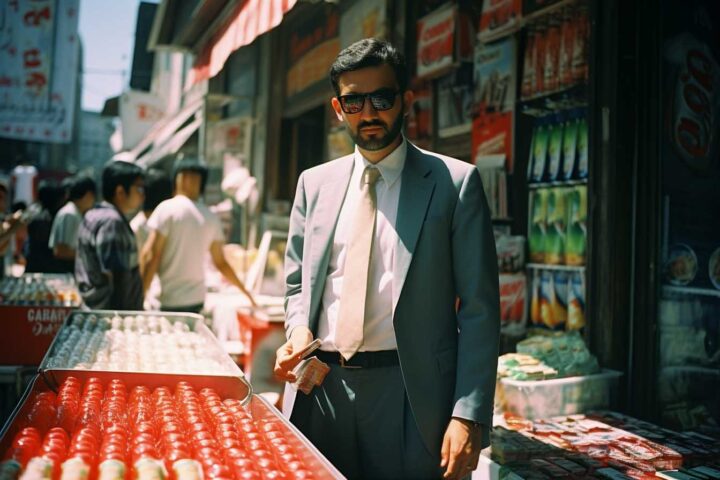TLDR:
- Intelligent packaging is essential in reducing food waste, according to Senoptica Technologies CEO Brendan Rice.
- Modified Atmosphere Packaging (MAP) technology significantly extends the shelf life of food items.
Brendan Rice, the co-founder and CEO of Senoptica Technologies, emphasized the importance of intelligent packaging in combating food waste. With the increasing need for innovation in the food industry, Senoptica Technologies utilizes oxygen sensor technology inside food packaging to provide real-time, scientifically verifiable results. Rice highlights the significant role packaging plays in food safety and waste reduction by protecting products, preserving contents, and promoting brands or beneficial characteristics.
One key technology discussed by Rice is Modified Atmosphere Packaging (MAP), which is designed to extend the freshness and shelf life of food items by adjusting the atmosphere within the packaging. This technology involves using sensors to create an environment that prevents spoilage and sustains product quality. MAP can slow down the natural degradation process, provide chemical protection against compositional changes induced by gases or moisture, offer biological protection against microorganisms, and defend products from odors and environmental fluctuations.
Senoptica’s research has shown that the use-by dates on MAP-packed foods often lead to food waste due to overly conservative estimates. The company also quantified the occurrence of failed packs in the supply chain, which increases the risks of food safety issues. Rice also discusses the potential of intelligent packaging materials that allow real-time monitoring of factors like maturity, ripeness, respiration rate, and spoilage of foods. These sensors transmit data to stakeholders along the supply chain to make informed decisions and minimize waste.
While these technologies show promise in reducing food waste, Rice acknowledges the challenges facing start-up companies in the packaging industry, including operational hurdles, regulatory standards, environmental concerns, and consumer acceptance. He emphasizes the need for communication, education, and building trust to overcome these barriers and drive innovation in sustainable food systems.









